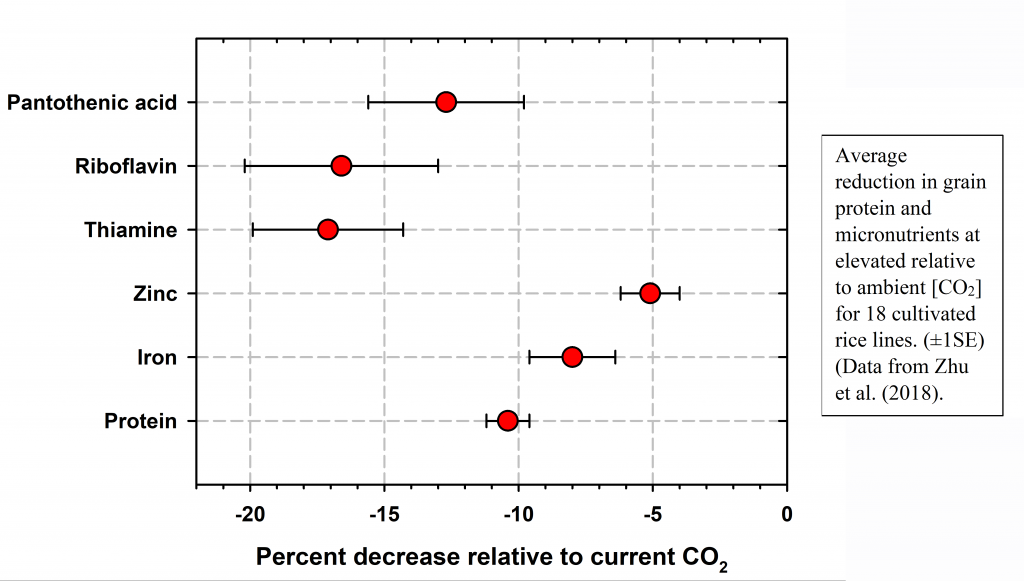Canada has
just gone through an election, the USA will next year, and elections are a
recurring news item everywhere. In our Canadian election we were spared any
news on the state of the environment, and the dominant theme of the election
was jobs, the economy, oil, gas, and a bit on climate change. The simplest
theme was climate change, and yes, we are all in favour of stopping it so long
as we do not need to do anything about it that would cost money or change our lifestyles.
Meanwhile the fires of California and Australia and elsewhere carry on,
generating another news cycle of crazy comments about the state of the
environment.
Is
there a better way? How can we get governments of the world to consider that
the environment is worthy of some discussion? There is, and New Zealand has led
the way in one direction. New Zealand has a Parliamentary Commissioner for the
Environment, an independent Officer of Parliament, whose job it is to provide
Members of Parliament with independent advice on matters that may have impacts
on the environment. The Office is independent of the government of the day and
the Prime Minister, and consequently can “tell it like it is”. A few quotations
for the 2019 report give the flavour of this recent New Zealand report:
“If there is one thing that stands out from [our] reports, it is
the extent of what we don’t know about what’s going on with our environment.
“…the blind spots in our environmental reporting system don’t
represent conscious choices to collect data or undertake research in some
fields rather than others. Rather, they represent the unplanned consequences of
a myriad choices over decades. Ours has been a passive system that has harvested
whatever data is there and done the best it can to navigate what’s missing.
“In some ways, the most important recommendations in this report
are those that relate to the prioritising and gathering of data in a consistent
way. Despite attempts over more than two decades, no agreement has ever been
reached on a set of core environmental indicators. This has to happen.
Consistent and authoritative time series coupled with improved spatial coverage
are essential if we are to detect trends. Only then will we be able to judge
confidently whether we are making progress or going backwards – and get a
handle on whether costly interventions are having an effect.
https://www.pce.parliament.nz/publications/focusing-aotearoa-new-zealand-s-environmental-reporting-system
This report is
full of ecological wisdom and would be a useful starting point for many
countries. Canada has (to my knowledge) no Environmental Commissioner and
although various provinces and cities provide State of the Environment Reports,
they are largely based on inadequate data. In some cases, like commercial
fisheries, Parliaments or Congress have mandated annual reports, provided the
secure funding, and retained independence of the relevant director and staff.
In many cases there is far too much bickering between jurisdictions, use of
inadequate methods of data collecting, long time periods between sampling, and
no indication that the national interest has been taken into account.
Most
Western countries have National Academies or Royal Societies which provide some
scientific advice, sometimes requested, sometimes not. But these scientific
publications are typically on very specific topics like smoking and lung
cancer, vaccine protection, or automobile safety requirements. We can see this
problem most clearly in the current climate emergency. The Intergovernmental
Panel on Climate Change (IPCC) of the United Nations provides excellent reports
on the climate emergency but no government is required to listen to their
recommendations or to implement them. So, we have local problems, regional
problems and global problems, and we need the political structures to address
environmental problems at all these levels. New Zealand has provided a way
forward, and here is another quote from the 2019 report that ecologists should
echo:
Given that many of
the environmental problems we face have been decades in the making and that for
nearly 30 years we have [made] specific reference to cumulative effects that
arise over time…it is astonishing that we have so little data on trends over
time.
….it takes time to
assemble time series. If we start collecting data today, it may be a decade or
more before we can confidently judge whether the issue being monitored is
getting better or worse. Every year that we
delay the collection of data in an area identified as a significant gap, we
commit New Zealand to flying blind in that area. …..A lack of time series in
respect of some environmental pressure points could be costing us dearly in
terms of poorly designed policies or irreversible damage.
One example may be enough. Caribou herds in southern Canada are threatened with extinction (Hebblewhite 2017, DeMars et al. 2019). Here is one example of counts on one caribou herd in southern Canada:
2009 = 2093 caribou
2012 = 1003
2019 = 185
It would be difficult to manage the
conservation of any species of animal or plant that has such limited monitoring
data. We can and must do better. We can start by dragging state of the
environment reports out of the control of political parties by demanding to
have in every country Commissioners of the Environment that are fully funded
but independent of political influence. As long as the vision of elected governments
is limited to 3 years, environmental decay will continue, out of sight, out of
mind.
There is of course no reason that
elected governments need follow the advice of any independent commission, so
this recommendation is not a panacea for environmental issues. If citizens have
independent information however, they can choose to use it and demand action.
DeMars, C.A.et al.
(2019). Moose, caribou, and fire: have we got it right yet? Canadian Journal
of Zoology 97, 866-879. doi: 10.1139/cjz-2018-0319.
Hebblewhite, M.
(2017). Billion dollar boreal woodland caribou and the biodiversity impacts of
the global oil and gas industry. Biological Conservation 206,
102-111. doi: 10.1016/j.biocon.2016.12.014.
